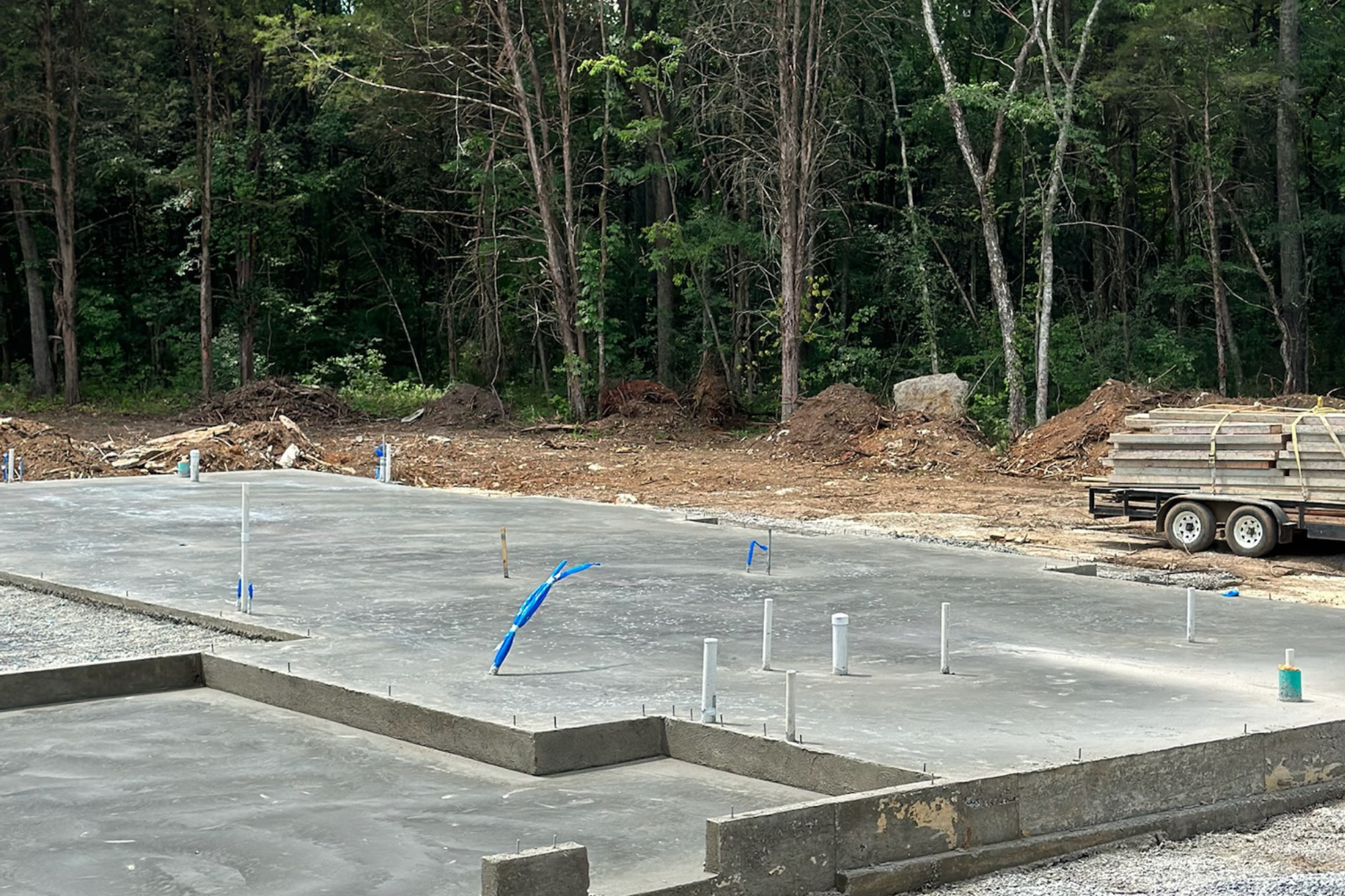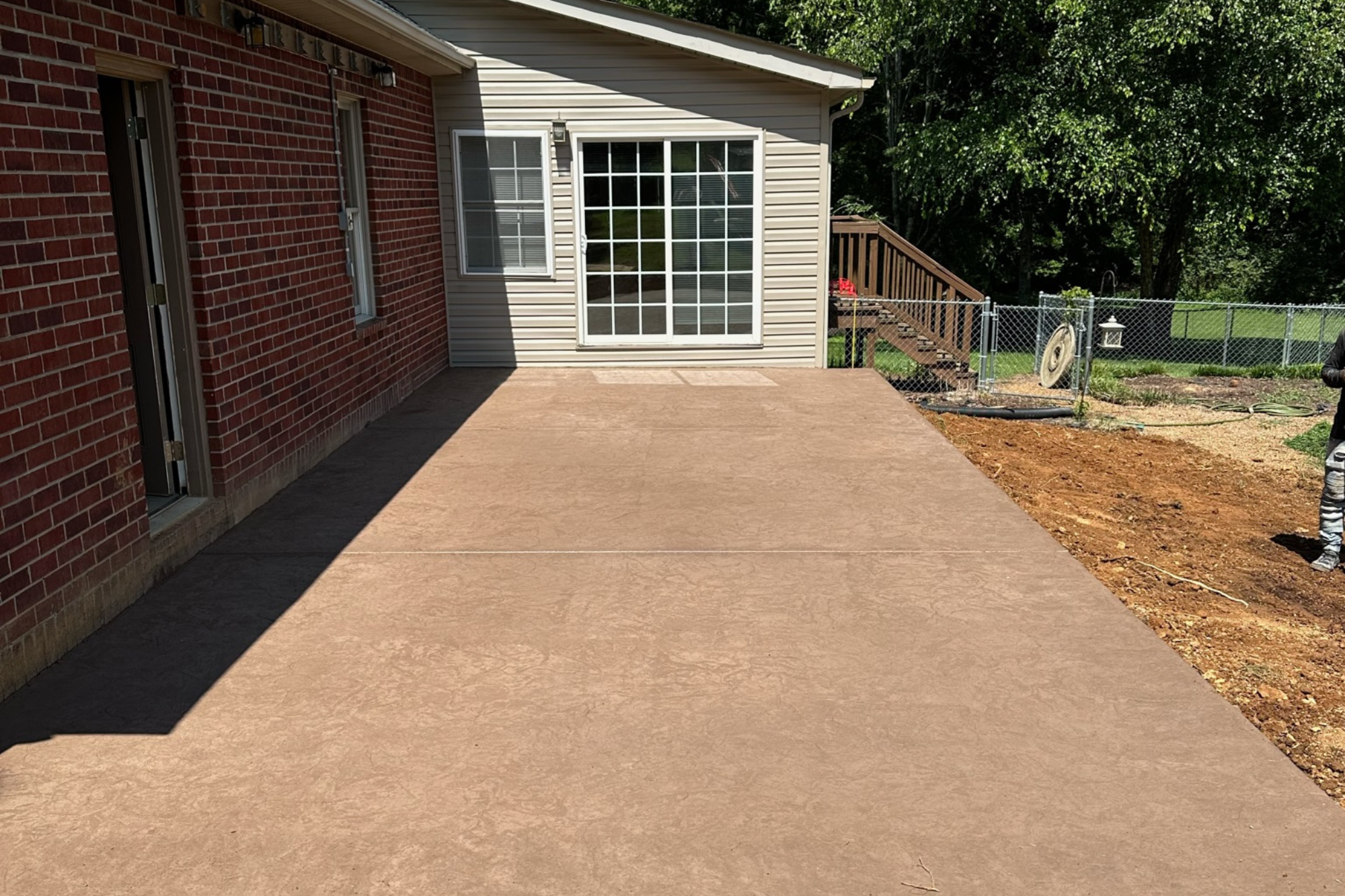
Following a meticulous seven-step process is essential to achieve a long-lasting and durable finish with a concrete coating. From surface preparation to professional inspections, each step plays a significant role in ensuring the integrity of the coating. By understanding the nuances of each stage and implementing best practices, you can boost the longevity and aesthetics of your concrete surfaces. But remember, the essential lies in the details, so let’s explore these necessary steps together to reveal the secrets of a resilient concrete finish.
Key Takeaways
- Proper surface preparation is crucial for adhesion and longevity.
- Choose a durable coating type based on environmental exposure.
- Apply coating evenly with proper techniques for uniform coverage.
- Follow precise drying and curing processes for optimal results.
- Regular maintenance and timely repairs enhance longevity and durability.
Surface Preparation
Thorough surface preparation is essential before beginning the concrete coating process to confirm the ideal adhesion and longevity of the coating.
To start, verify the concrete surface is clean and free from contaminants such as dirt, dust, oil, or grease. Use a high-pressure washer or suitable cleaning solution to remove stubborn stains or residues.
Next, inspect the surface for any cracks, spalls, or imperfections. Repair these using a suitable concrete patching compound to ensure a smooth and even surface.
After cleaning and repairing, it’s vital to profile the concrete surface to promote adhesion. This can be achieved by mechanically grinding or shot-blasting the concrete to create a rough texture for the coating to grip effectively.
The level of profiling needed will depend on the type of coating being applied, so refer to the manufacturer’s guidelines for specific requirements.
Once the surface is clean, repaired, and properly profiled, it’s important to check the concrete’s moisture content. Excessive moisture can lead to coating failure, so conduct a moisture test to confirm that the concrete is dry enough for coating application.
Finally, verify that the ambient temperature and humidity levels are within the recommended range for the coating product.
Following these steps for surface preparation will create a strong foundation for a durable and long-lasting concrete coating.
Choosing the Right Coating
Selecting the appropriate coating for your concrete surface is vital in ensuring ideal performance and longevity. The suitable coating can protect your concrete from various environmental factors, such as moisture, chemicals, UV exposure, and abrasion. When choosing a coating, consider the specific needs of your concrete surface, the type of protection required, and the desired aesthetic finish.
First, determine the type of coating that best suits your concrete surface. Options include epoxy, polyurea, acrylic sealers, and polyaspartic coatings. Each type offers different levels of durability, chemical resistance, and UV protection.
Epoxy coatings, for example, are known for their high durability and chemical resistance, making them suitable for industrial settings. On the other hand, acrylic sealers are more commonly used for decorative purposes due to their ability to enhance the concrete’s appearance.
Next, consider the conditions to which your concrete surface will be exposed. For outdoor surfaces, UV resistance is vital to prevent fading and degradation. In high-traffic areas, abrasion resistance is essential to maintain the coating’s integrity over time.
Proper Application Techniques
Preparing the surface correctly by cleaning and repairing imperfections is essential to ensuring a successful concrete coating application.
When applying the coating, ensure it is done evenly and thoroughly to achieve a consistent finish.
Remember to allow adequate drying time between coats to ensure proper adhesion and durability.
Prep Surface Correctly
Properly preparing the surface is critical in achieving a successful concrete coating application. Before starting the coating process, verify that the concrete surface is clean, dry, and free of contaminants such as oil, grease, or dirt.
Begin by thoroughly cleaning the surface using a pressure washer or a suitable cleaner to remove any existing coatings, sealers, or imperfections. Then, repair any cracks or damaged areas using a concrete patching compound, allowing it to cure completely before proceeding.
Next, it’s essential to profile the surface to promote proper coating adhesion. This can be done by mechanically grinding or shot-blasting the concrete to create a rough texture.
Verify that the surface is uniformly roughened to enhance the bond between the concrete and the coating.
Apply Evenly and Thoroughly
To achieve a successful concrete coating application, it’s essential to ensure that the coating is applied evenly and thoroughly using proper application techniques.
To begin with, ensure that the coating is mixed according to the manufacturer’s instructions, as this will impact the consistency and efficacy of the application. Use a high-quality brush, roller, or sprayer to apply the coating evenly across the surface, working in small sections to maintain control and consistency.
Pay close attention to edges and corners to avoid missed spots or uneven coverage. Use steady and consistent strokes to create a uniform layer when applying the coating.
Avoid overworking the coating, which can lead to streaks or uneven thickness. Additionally, be mindful of the recommended coverage rate to prevent applying too much or too little product.
During the application process, take your time to ensure thorough coverage and a professional finish. By following these steps, you can achieve a durable and long-lasting concrete coating that enhances the appearance and durability of your surface.
Allow Adequate Drying Time
Allowing adequate drying time is essential in the concrete coating application process. Once the coating has been applied evenly and thoroughly, the next vital phase is to ensure proper drying.
Please allow sufficient drying time to ensure the finish and maintain the coating’s durability.
To ensure ideal drying, the environmental conditions must be suitable. Ideal conditions include low humidity levels and moderate temperatures.
Additionally, good ventilation is critical to promoting drying and preventing the formation of bubbles or streaks on the surface.
Most concrete coatings require at least 24 hours to dry completely. However, specific drying times can vary depending on the type of coating used, so it’s essential to consult the manufacturer’s instructions.
Avoid rushing this step, as premature exposure to foot traffic or heavy objects can lead to chipping or cracking.
Drying and Curing Process
Understanding proper drying techniques is essential for a successful application when it comes to concrete coating.
The importance of curing can’t be overstated, as it dramatically impacts the final strength and durability of the coating.
Timing is critical in achieving the best results, ensuring that the coating effectively cures and adheres to the concrete surface.
Proper Drying Techniques
Precise drying techniques during the drying and curing process are essential to ensure the concrete coating properly sets and achieves peak strength. Proper drying techniques play a vital role in ensuring the coating’s longevity and durability.
Once the coating has been applied, it is important to allow it to dry gradually and uniformly. This can be achieved by controlling the temperature and humidity levels in the environment where the coating is applied. Adequate ventilation is also key to promoting proper drying.
Avoiding direct sunlight during the drying process helps prevent uneven drying and potential damage to the coating. Additionally, using fans or dehumidifiers can speed up the drying process while maintaining ideal conditions.

Importance of Curing
Ideal curing of the concrete coating is paramount to ensuring its durability and longevity. Proper curing allows the coating to reach its maximum strength and durability potential.
Here are three key reasons why curing is essential for a long-lasting finish:
- Strength Development: During the curing process, the concrete coating undergoes hydration, which is vital for its strength development. Inadequate curing can lead to a weaker coating that is more prone to damage over time.
- Crack Prevention: Proper curing helps to reduce the likelihood of cracks forming in the coating. By allowing the concrete to cure slowly and evenly, the risk of shrinkage cracks is minimized, ensuring a smoother and more resilient finish.
- Enhanced Durability: Effective curing enhances the overall durability of the concrete coating. It improves resistance to abrasion, chemicals, and other environmental factors, ultimately prolonging the coating’s life and maintaining its aesthetic appeal.
Timing for Best Results
Proper timing during the drying and curing process dramatically influences the quality and longevity of the concrete coating.
Once the concrete coating is applied, it should be allowed to dry according to the manufacturer’s instructions. This typically involves waiting for the initial drying period, which usually takes about 24 hours. However, to prevent any damage, avoid placing heavy items or walking on the surface until it’s fully dry.
Once the drying period is complete, the curing process begins. Curing is essential for the concrete coating to achieve its maximum strength and durability. It’s recommended that the coating be allowed to cure for at least seven days before being subjected to heavy use or exposure to harsh conditions.
During this time, protect the surface from moisture and avoid any activities disrupting the curing process. Following the recommended drying and curing times ensures a long-lasting and durable finish for your concrete coating.
Regular Maintenance
Regular maintenance is essential to ensure the longevity and durability of your concrete coating. Proper care preserves the aesthetic appeal and protects the surface from wear and tear.
Here are three essential maintenance tasks you should regularly perform:
- Cleaning: Regularly clean the concrete coating using a mild detergent and water solution. Avoid harsh chemicals that can damage the coating.
Use a soft-bristled brush or mop to remove dirt and debris, especially in high-traffic areas. Keeping the surface clean prevents stains and maintains its appearance.
- Inspections: Periodically inspect the concrete coating for any signs of damage or wear. Look out for cracks, chipping, or discoloration.
Addressing these issues promptly can prevent further deterioration and extend the coating’s lifespan. Regular inspections help identify potential problems early on.
- Sealing: Consider resealing the surface every few years, depending on the concrete coating used.
Sealing helps protect the coating from moisture, UV exposure, and other environmental factors. It enhances the coating’s durability and maintains its performance over time.
Follow the manufacturer’s guidelines for the appropriate sealing products and application methods.
Repairing Damages Promptly
Properly addressing any damages is vital to maintaining the integrity and longevity of your concrete coating. Even minor cracks or chips can quickly escalate into more significant issues if left unattended.
The first step in repairing damage to your concrete coating is to assess the extent of the damage. Use a blunt tool to gently tap along the damaged area to determine if the damage is superficial or extends deeper into the concrete.
Once you have assessed the damage, clean the area thoroughly to remove any dirt, debris, or loose particles. Use a mild detergent and water to wash the area, and allow it to dry completely before proceeding with repairs.
You can use a concrete patching compound to fill in the damaged area for minor cracks and chips. To ensure proper repair, follow the manufacturer’s instructions for mixing and applying the patching compound.
After applying the patching compound, smooth the surface with a trowel or putty knife to ensure an even finish. Allow the repair to dry completely before applying any sealant or coating.
Professional Inspection and Touch-Ups
A professional who inspects your concrete coating regularly is vital to identify any potential issues early on. By having a professional conduct thorough inspections, you can ensure the longevity and durability of your concrete coating.
Here are some key aspects to reflect on during professional inspections:
- Surface Integrity: The expert will assess the overall integrity of the coating surface, checking for any signs of wear, chipping, or delamination that may compromise its effectiveness.
- Adhesion Quality: Confirming proper adhesion of the coating to the concrete substrate is essential for long-term performance. The professional will inspect for any areas where adhesion might be compromised.
- Sealant Effectiveness: Checking the sealants’ effectiveness in the coating system is essential for protecting the concrete against moisture intrusion and chemical exposure. The inspector will verify that sealants are intact and performing as intended.
Regular professional inspections provide peace of mind and help you address any issues promptly, preventing costly repairs later.
As you gaze upon your freshly coated concrete surface, the meticulous steps to ensure its durability and longevity satisfy you. But remember, the actual test lies ahead. Will your coating withstand the harsh elements and daily wear and tear? Only time will reveal the true strength of your investment. Stay vigilant, maintain regularly, and be prepared to address any damages promptly to preserve your pristine finish for years to come.
Elite Concrete offers expert concrete coating services, ensuring a durable and long-lasting finish through a meticulous seven-step process. From thorough surface preparation to professional inspections, their approach guarantees both protection and aesthetic appeal for your concrete surfaces. For any concrete coating needs, Elite Concrete is equipped to deliver excellent results that stand the test of time.
